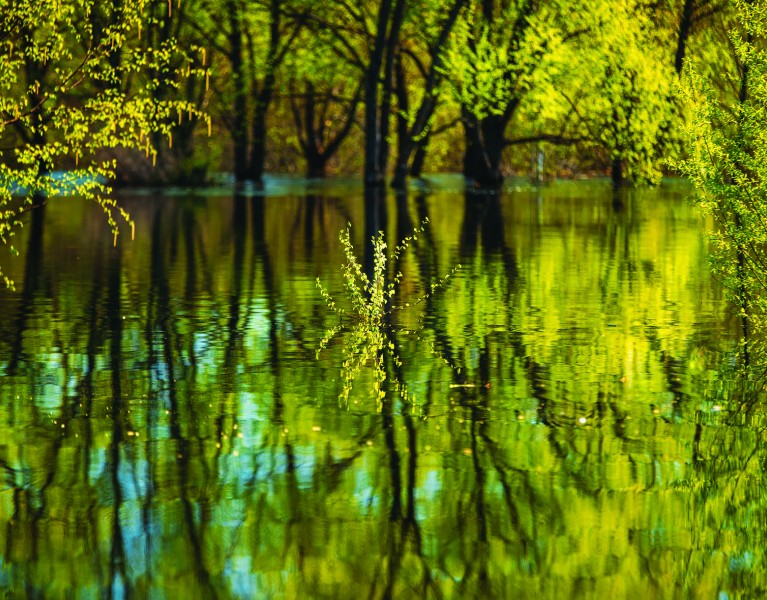
Flash Flood Safety Tips For Hikers And Backpackers
Table of Contents [Show]
While out backpacking and hiking in nature, there are many things you need to be aware of – wild animals, getting lost, the heat of the sun, and staying hydrated, for example. Making sure you have enough water is vital to any hiker's survival. But what happens if you end up with too much water, the kind that seemingly comes out of nowhere and poses a serious threat to your outdoor adventure?
A flash flood is no joke. In fact, flash flooding can threaten and ruin your hike at any time of the day, any day of the year. More deaths occur from a flash flood than most any other natural hazard, mainly because people underestimate the power of rushing water. A flash flood can occur suddenly, typically within hours of excessive rainfall. It’s a good idea to be prepared and understand what to do if you are caught in a flash flood. Here are some flash flood safety tips for your next hiking or backpacking journey:
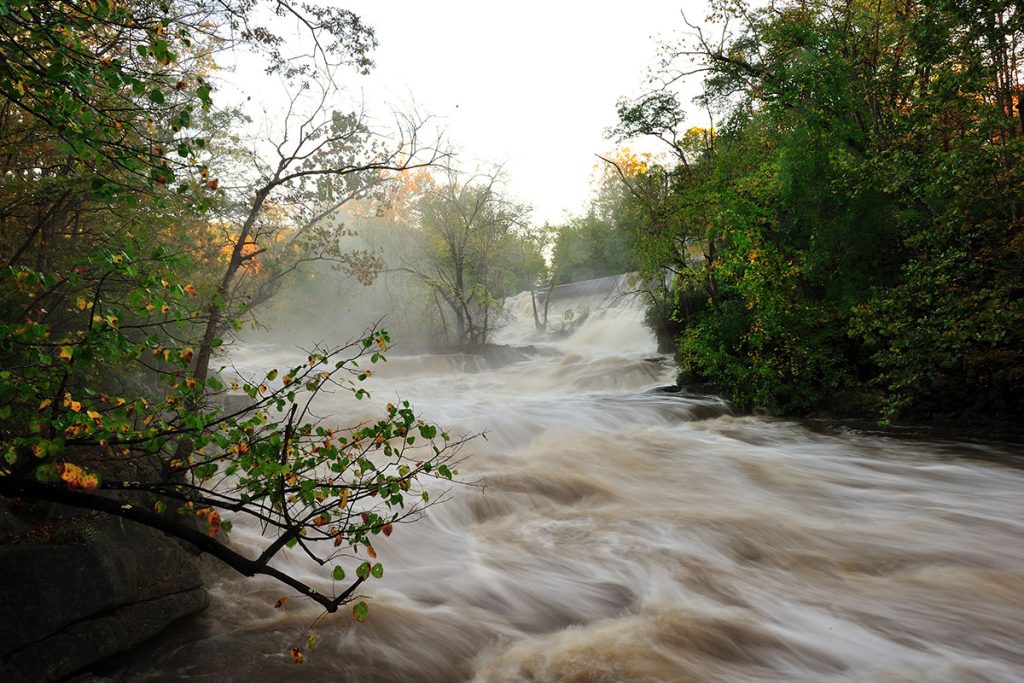
What is a Flash Flood?
A flash flood is one of the most common natural disasters. It occurs when an overflow of water submerges dry land. Sometimes these floods happen seasonally and may last for a week or even longer. They are incredibly fast with a powerful force able to roll boulders, take down trees and destroy buildings and bridges. A flash flood can reach a depth of 10 to 20 feet while swiftly carrying deadly debris and knocking over everything in its path.
What Causes a Flash Flood?
A flash flood is caused by heavy, persistent rainstorms, a hurricane, or even snowmelt. It can develop within minutes or hours of an event and its intensity depends on the topography, soil conditions, and ground cover in the area. A flash flood is most likely in areas such as mountain streams, rivers, urban areas, low-lying areas, storm drains, canyons, and culverts.
What are the Warning Signs of a Flash Flood?
One of the best ways to avoid a flash flood is to check with the experts and look up the local weather report wherever you’re traveling. The National Weather Service is a great resource to check out the level of potential risk for a flash flood in the area you will be hiking. You can receive up-to-date information with ratings such as:
- Not expected - Flash flooding is not expected.
- Possible - Some slot canyons, dry washes, and small streams may experience flash flooding.
- Probable - Some slot canyons, dry washes, and small streams are expected to experience flash flooding.
- Expected - Many slot canyons, dry washes, and small streams are expected to experience flash flooding.
When there is a “possible” rating, use caution at your hiking destination. If there’s any rain while you’re out, get to high ground as soon as possible. If the rating is “probable” or “expected” you should avoid low-lying areas and slot canyons entirely.
If you’re out on a hike and it begins to rain unexpectedly, look and listen for signs that may signal a flash flood. If there’s a sudden surge in water in a river or stream, a loud roaring sound of rushing water, or debris in the stream, this may be an indicator of a flash flood and you should get to high ground immediately.
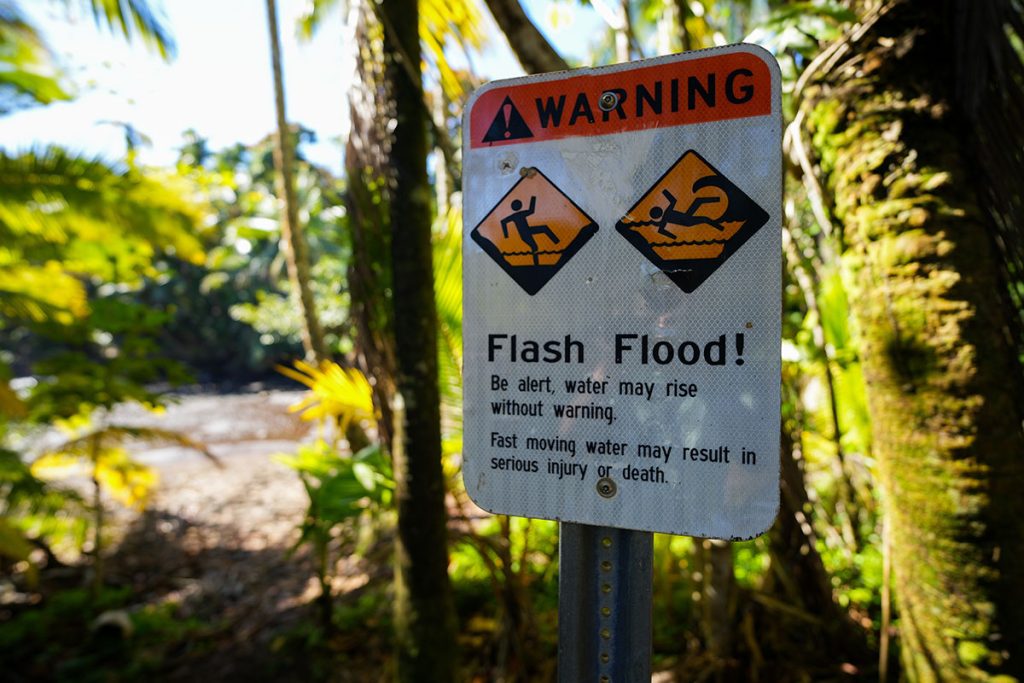
What Should You Do When Caught in a Flash Flood?
Sometimes checking the weather report isn’t enough. While on your hike or backpacking trip during flash flood season, check a topographic map or ask a local ranger for the safest locations to go to in the case of a flood. Water levels rise fast, if you find yourself in rapidly rising water or heavy rain, take action immediately.
- Seek higher ground. If you're in a canyon, exit as quickly as you can, even if you have to turn back the way you came.
- Don’t climb up onto rocks. It’s tempting to climb up onto rocks or boulders to get up out of rising water, but you can end up stranded if the water rises too high.
- Never try to outrun a flash flood. Floodwater can move rapidly and take you and everything in its way with it. You want to move above, not ahead, of running water.
- Save yourself, not your gear. Climbing, camping, and hiking gear is expensive, but unlike your life, it’s replaceable.
- Stay put. Once you’ve found higher ground, stay where you are until rescue comes or flood waters recede completely. Don’t ever try to cross floodwaters, it can take as little as 6 inches of water to knock you off your feet.
- Stay tuned. Bring with and listen to your NOAA All-Hazards Weather Radio or another Emergency Alert System (EAS) broadcaster for instructions from emergency services before, during, and following a flash flood.
- Stay out of your vehicle. Do not drive through flood waters. Water that is 12 to 24 inches deep can carry away most vehicles. If you don’t know the depth of the water, don’t take any chances.
- Watch out for wash-out. Fast-moving flood waters can damage bridges and roadways making them unsafe to cross. Do not cross any road or bridge if you are unsure of their integrity.
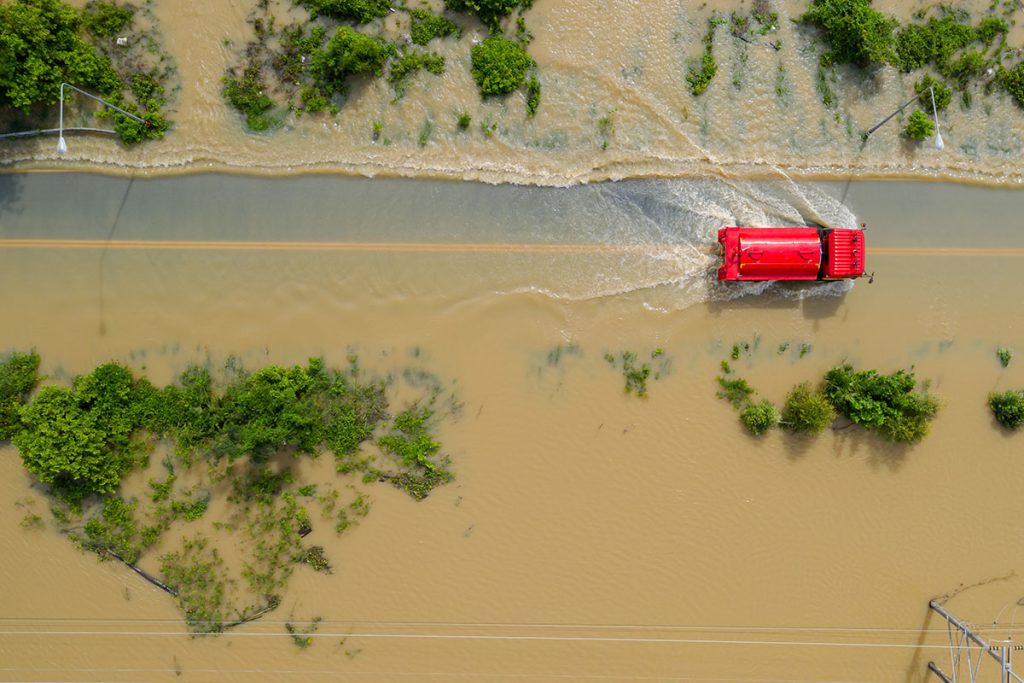
When & Where do Flash Floods Happen?
Flash floods occur all over the United States. Populated cities like New York, Baltimore, and Detroit experience frequent warnings each year. Popular states for outdoor traveling like California, Utah, and New Mexico also experience warnings each year, typically during the months of June through September.
Zion National Park, in particular, is known for flash floods. It’s always a good idea to check the weather report, ask the local rangers, and review flash flood safety tips when planning your next trip to Zion or anywhere prone to flooding.
River and Stream Safety Tips
While hiking and backpacking, it’s natural to be drawn to water and set up camp near a river, stream, or even on a dry riverbed. If you are in an area that is prone to flooding or the weather forecast calls for heavy rainstorms, keep this advice in mind:
- Don’t make camp near a river, stream, or watershed area. They can easily fill with water at night and you may wake up underwater.
- Flowing water as little as 6 inches can knock you over and carry you downstream.
- Don’t walk through a flowing stream if it is above your ankles.
- Leave an area immediately if you start to see conditions change by any river or stream.
- When walking across a stream, loosen your pack so you can easily detach from it if you fall. This will keep you from getting dragged under the water.
- If in a group, wait for everyone to cross before continuing to make sure everyone crosses safely.
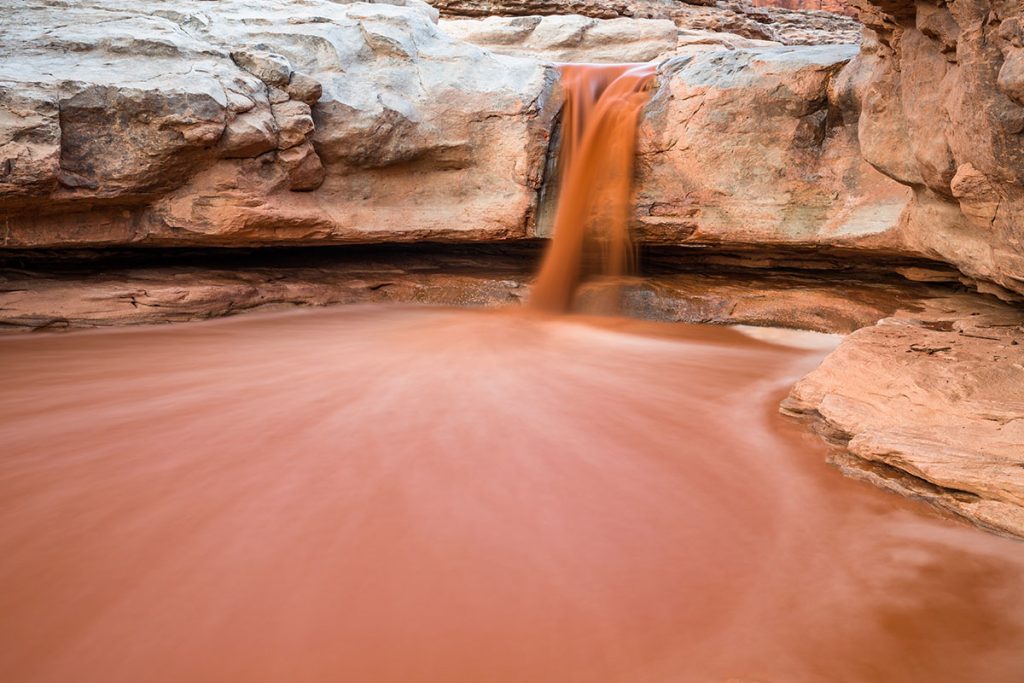
Turn Around Don’t Drown
The National Weather Service takes flash floods very seriously, and so should you. When you are out on your next backpacking trip, especially in a flood-prone area, make sure to check the weather forecast before you go. If you are out on a hike and you see or hear signs of a flash flood get to higher ground as quickly as possible, even if it means turning back to where you came. It’s never worth risking your life when faced with the possibility of a flash flood. Use caution, care and respect any time you are out in nature and you will be rewarded with an amazing experience.
Featured image by: Grigory Bruev.


